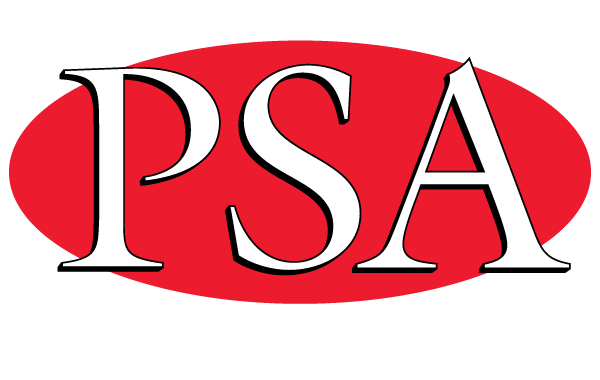The PSA is advising all Child Protection workers who work excess hours, resulting in the forfeiture of Flex hours, to report this as a Workplace Health and Safety (WHS) hazard on SAP.
For too long the Department of Communities and Justice (DCJ) has been aware that Child Protection workers have been working in unsafe working environments. This is demonstrated by the unacceptably high rates of psychological injuries, Workers Compensation claims and the very high staff attrition rates. DCJ’s own WHS report noted that “the severity and incidence rate of our psychological claims exceeds organisations such as Ambulance and NSW Police.” You can read the report HERE.
DCJ, as your employer, is legally required under WHS legislation to keep you safe when at work but continues to fail in its duty. This needs to change and must change.
This is why it is so important that all Child Protection workers make these reports. DCJ’s own WHS policies state “all hazards and near misses (incidents) must be responded to and reported within 24 hours or as soon as reasonably practicable.” You can read the report on the intranet HERE.
When the PSA raises concerns over excessive workloads, and its impact of members’ health and safety, the Department dismisses this and maintains the position that its own WHS reports do not show excessive workloads as being a commonly reported hazard.
As highlighted in the SafeWork NSW Code of Practice: Managing psychosocial hazards at work dated May 2021, “high workloads or job demands” is a psychosocial hazard. You can read the Cod of Practice HERE.
Recent research by Charles Sturt University (CSU) commissioned by DCJ found that Caseworkers regularly forfeiting flex hours was “one of the strongest indicators that workload is impacting on wellbeing” and “contribute(s) significantly to caseworkers’ mental, emotional and physical exhaustion” (page 117). We need to lodge this when it occurs.
As stated in DCJ policy and WHS legislation: “A hazard is a situation that has the potential to cause harm to a person at work”.
Through the continued imposition of productivity targets in Child Protection and OOHC, DCJ is knowingly placing you at risk of harm. The CSU independent research found that: “The combination of caseworkers’ commitment and dedication to the job with the unpredictable and insistent nature of the work means that they may take on high workloads out of a sense of obligation or compulsion. This may result in workers exceeding their weekly or monthly hours on a regular basis”.
The NSW Government has handed down its Budget for the next 12 months and no funding has been given to increase the number of Child Protection workers. This is despite the Government’s full knowledge of the growing demands on Statutory Child Protection across the state.
The ever-increasing number of ROSH reports continue to see 70 per cent of children not receiving a face-to-face response, leaving tens of thousands of children at risk. Child Protection workers continue to place their own health and safety at risk doing their best to protect those children lucky enough to get a response. It is time to remove government-imposed targets on Child Protection.
It is time to significantly increase the number of Child Protection workers. It is time for DCJ to meet its legislative obligations and ensure your safety at work. Report all hazards to your health and safety representatives.
As the CSU research paper concluded: “Given the cycles of overwork and staff turnover, a significant increase in staff over a short timeframe may be required for an increase in caseworkers to make a substantial change to workload issues.”
A unionised workplace is a stronger workplace!
Know a colleague who’s not a union member?
Get them to JOIN THE PSA TODAY! They can sign up at www.psa.asn.au/join.
